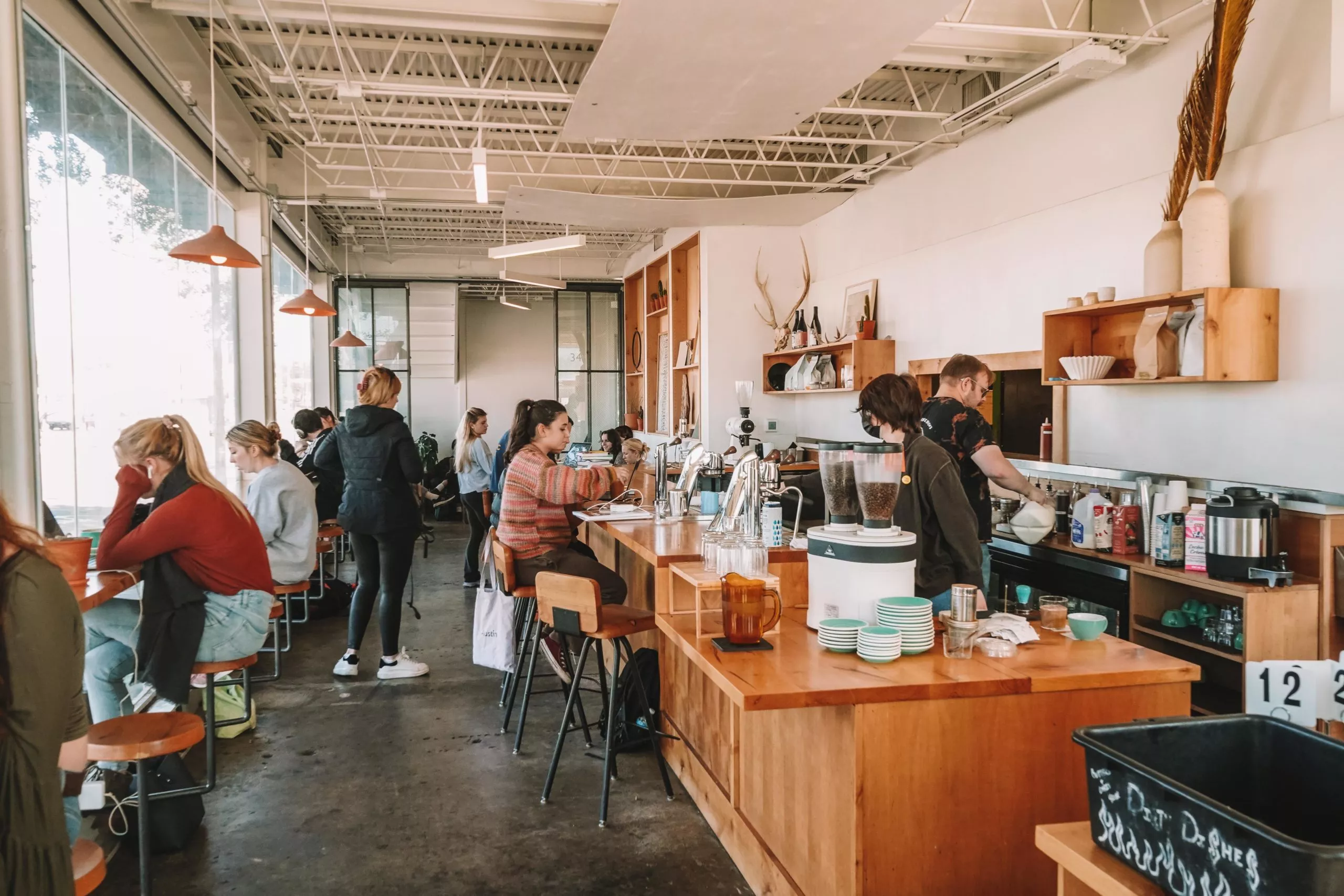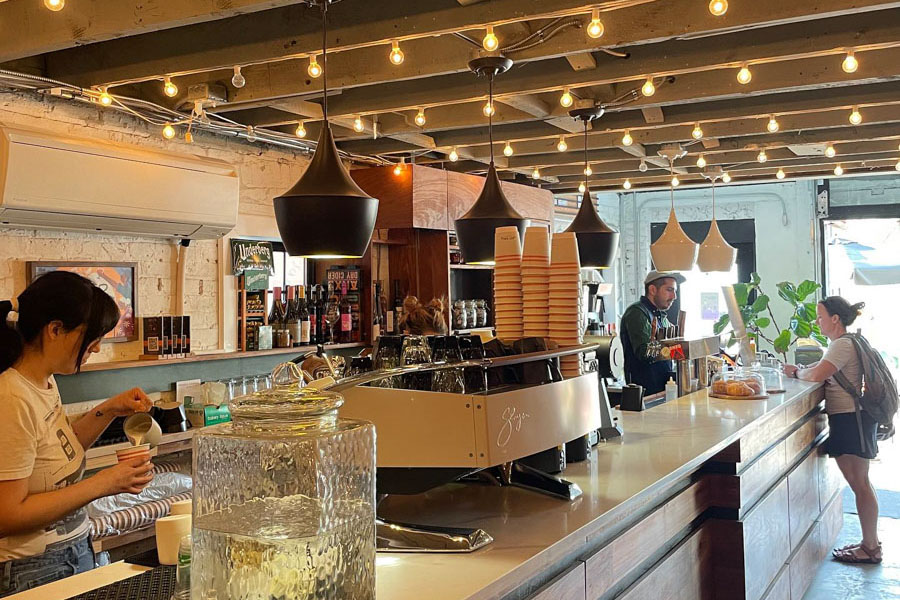How to Choose the Right Sort Of Coffee for Your Preference Preferences
Choosing the optimal coffee to complement your taste preferences calls for an educated technique to both bean selections and brewing methods. By recognizing the taste profiles connected with various sorts of beans, such as the pleasant notes of Arabica versus the durable qualities of Robusta, people can make even more customized choices. Exploring various developing approaches can boost these tastes, better customizing the coffee experience. The journey to discovering your excellent cup includes more than simply these aspects; it invites a much deeper exploration into your one-of-a-kind palate and choices.
Understanding Coffee Beans
Recognizing coffee beans is essential for any type of coffee lover looking for to improve their developing experience. The foundation of an excellent cup of coffee lies in the type of beans selected, each offering unique flavors and attributes.
Conversely, Robusta beans have a higher high levels of caffeine content and are defined by a more powerful, more bitter taste. They are hardier and grow at reduced altitudes, making them less costly and commonly made use of in coffee blends for added crema.

Exploring Developing Techniques
Exploring various brewing techniques is critical for opening the full possibility of selected coffee beans. Each approach supplies an one-of-a-kind strategy to drawing out aromas, structures, and tastes, eventually affecting the general coffee experience. Usual developing techniques include drip, French press, coffee, and pour-over, each with its distinctive attributes and requirements.
Drip brewing is popular for its benefit and uniformity, utilizing a paper or steel filter to separate coffee grounds from the made drink. French press, on the other hand, enables full immersion of coffee grounds, causing a rich, durable flavor account. Espresso is a focused form of coffee produced forcibly warm water via finely-ground coffee, developing a strong shot that serves as the foundation for various drinks like lattes and cappuccinos.
Pour-over brewing grants the user greater control over the extraction process, permitting for precise changes in water temperature level and flow rate. This technique commonly highlights the elaborate flavors of specialty coffee beans. Inevitably, the choice of developing method must straighten with personal choices and wanted taste end results, establishing the phase for a satisfying coffee experience tailored to specific tastes.
Identifying Flavor Profiles
Recognizing flavor profiles is vital for valuing the nuances of different coffee ranges. Coffee's taste is influenced by numerous aspects, including the origin of the beans, the processing methods, and the roast degree. Each of these aspects adds to a complicated range of flavors, which can vary from fruity and flower to earthy and nutty.
To begin recognizing taste profiles, think about the coffee's origin. Beans from areas such as Ethiopia commonly show brilliant acidity and fruity notes, while those from Colombia might provide a smoother, caramel-like sweetness. The processing technique likewise plays an important role; as an example, cleaned coffees tend to have cleaner, brighter flavors compared to natural refined beans, which can exhibit much more obvious fruitiness.
Roast level further influences the taste account. Light roasts generally keep more of the bean's initial qualities, while dark roasts might present deeper, smokier flavors. Sampling notes commonly define these features, making use of terms like citrus, seasoning, or delicious chocolate. Creating a taste for these tastes improves your coffee experience, permitting you to value the distinctive qualities of each selection and inevitably assisting your choice toward the coffee that straightens with your sites taste preferences.
Matching Coffee to Preferences
When it comes to matching coffee to individual choices, acknowledging individual preference is vital, as it permits for a much more tailored coffee experience. Each coffee drinker has distinct taste dispositions that can assist their choices, making it important to understand these choices prior to selecting a mixture.
For those likely towards sweeter notes, coffee kinds with natural sweet taste, such as Ethiopian Yirgacheffe or Brazilian Santos, may be specifically appealing. On the other hand, if a choice leans in the direction of bold and robust tastes, choices like Colombian Related Site Supremo or Sumatran Mandheling could provide the desired intensity.
Additionally, the level of acidity degree plays an essential duty in the coffee selection process. Coffee aficionados who appreciate an intense, tasty taste could favor light roast coffees, whereas those that choose a smoother, lower-acid experience may go with dark roasts. Furthermore, the choice of brewing technique can significantly influence flavor assumption; for instance, espresso often tends to focus flavors, while pour-over strategies permit an extra nuanced account.
Eventually, matching coffee to preferences involves a careful factor to consider of taste accounts, level of acidity, and brewing approaches, ensuring a delightful and enjoyable coffee experience tailored to private tastes.
Trying Out Various Ranges
To genuinely value the diverse globe of coffee, trying out different selections is important. Each coffee bean has special taste accounts affected by elements such as origin, refining techniques, and roast degrees. By discovering different kinds, you can uncover a spectrum of preferences that might straighten carefully with your choices.
Beginning your journey by trying beans from different areas, such as Ethiopian Yirgacheffe with its bright level of acidity and flower notes, or Colombian Supremo, known for its well balanced taste and moderate sweetness (Cafe Bistro). Furthermore, consider trying out different handling approaches, such as cleaned versus all-natural, which can significantly modify the final taste
Roast degrees likewise play a critical role; light roasts normally protect the bean's intrinsic flavors, while dark roasts use bolder, much more robust profiles. When exploring, take notes on each variety's taste features and your general impression.
Engaging in samplings, whether at local cafés or through curated membership solutions, can better boost your understanding. Eventually, accepting a variety of coffee types permits you to refine your palate and discover your personal favorites within the vast coffee landscape.
Conclusion
In conclusion, choosing the proper coffee type requires an understanding of different beans, brewing methods, and taste accounts. By thoroughly exploring the Full Report differences in between Arabica and Robusta ranges, together with varied developing methods, coffee enthusiasts can uncover combinations that line up with individual preference preferences.
Comprehending coffee beans is necessary for any coffee enthusiast looking for to enhance their brewing experience. Recognizing these subtleties enables coffee fanatics to choose beans that line up with their preference choices, paving the way for a much more individualized and gratifying coffee experience.

Creating a palate for these flavors improves your coffee experience, enabling you to appreciate the unique high qualities of each range and ultimately guiding your option toward the coffee that lines up with your preference choices.
Coffee enthusiasts that appreciate an intense, zesty taste may favor light roast coffees, whereas those that favor a smoother, lower-acid experience might choose for dark roasts.